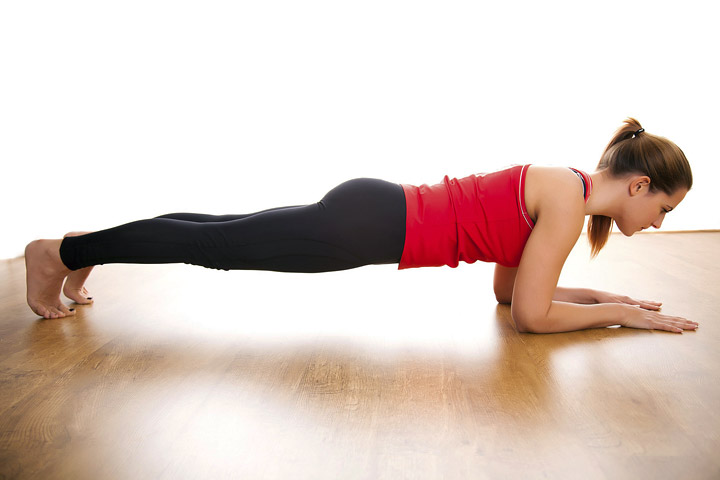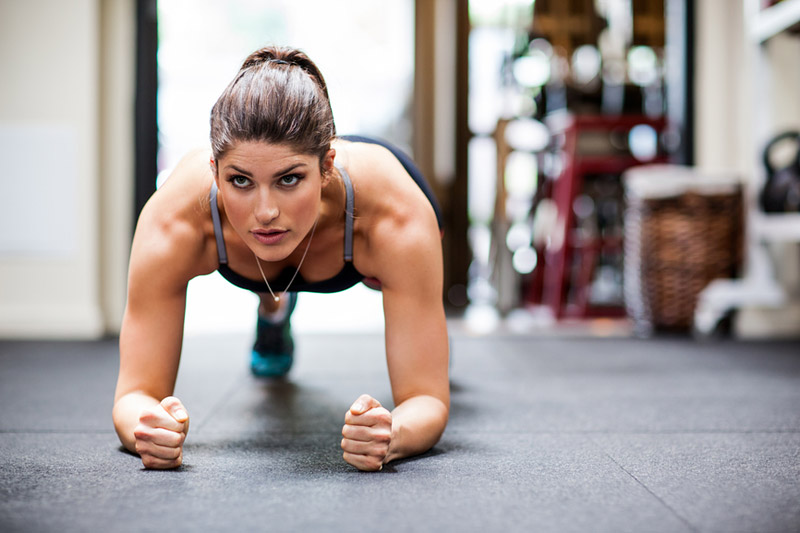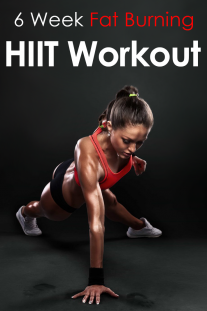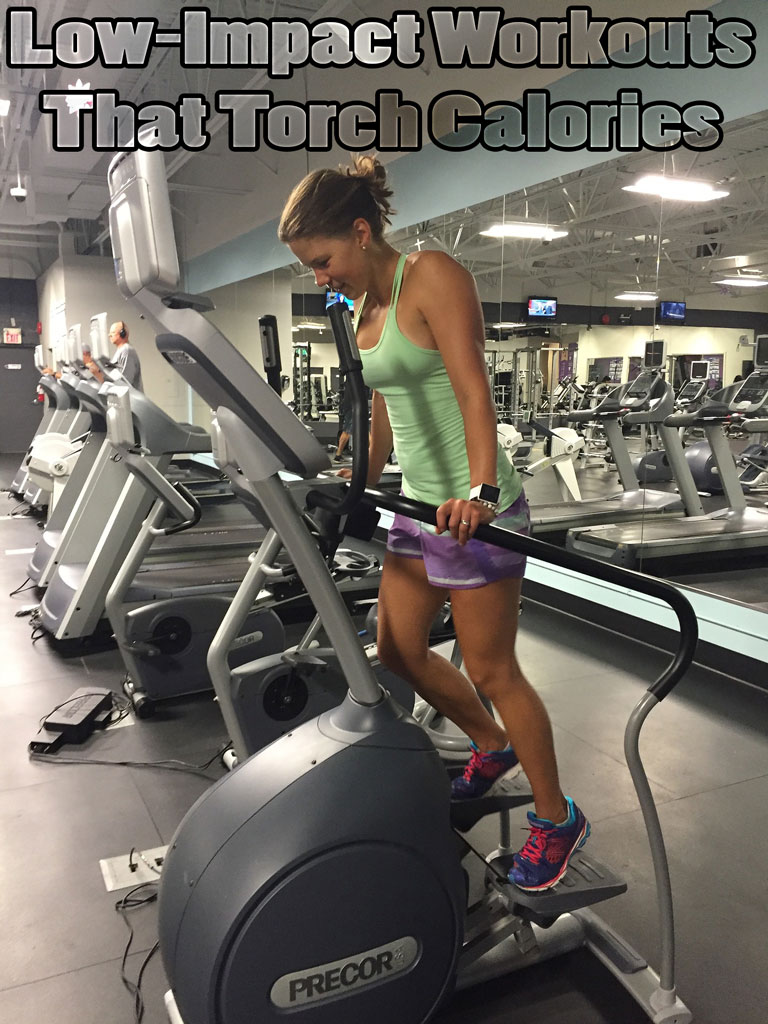
Planks are a simple bodyweight exercise that challenges you to hold your body as stiff as a board for as long as you can. It’s sort of become a badge of honor to be able to hold it for 60 seconds or longer. But if you’re holding it for aeons without the shakes, you’re probably not working your core as you should.
We know that our “core” has to do with our abs, but your abdominal muscles are just a small part of a complex series of muscles that makes up your core. Your core helps you stay balanced and influences your posture. It also stabilizes your spine, keeping it from buckling under heavy weight or sudden movements.
A strong core, for example, can keep you from throwing out your back during a deadlift. That’s why it’s important to work your core, and planks are the perfect exercise for doing just that.
What a Good Plank Looks Like

In a standard plank, you use your hands and toes to hold your body in a static position. You’ll feel your abs, shoulders, triceps, quads, and many other muscles work hard to maintain your position. There are a few variations of planks, but the most common one is where your forearms rest on the ground, rather than your hands.
A good-looking plank means your head, neck, whole back, hips, and heels are all somewhat in line. That means looking straight ahead at the floor and imagining tucking your chin into your chest while sucking your belly button into your spine.
Where People Go Wrong
Being able to hold a plank for a long time is a big deal, but there are many ways to “cheat” the plank and rob yourself of a proper core workout.
- You’re not actually keeping your core “tight”: By “tight,” I mean you’re consciously flexing your core muscles and holding tension throughout your body. Not keeping “tight” is why most people don’t really feel the plank until about 30 seconds in. If done properly, you’ll feel it in your whole core immediately.
- Your butt is way up in the air, or your lower back collapses: When you stick your butt in the air or let your hips sag so much that your lower back curves, you’re letting your core slack off. What’s more, you just offload the burden to other parts of your body and lessen the intensity of the plank. To undo either bad habit, clench your buttcheeks, ball up your fists, and imagine sucking your belly button into your spine. When you squeeze your butt, you automatically align your head, hips, and ankles in a more straight line. That way you properly work your core muscles.
- Your round your shoulders: When you round your shoulders, you typically also let your head drop. This again eases the intensity on the abs and shifts it toward the arms, traps, and neck. To fix this, squeeze your shoulder blades and fight to keep your chest tall.
- You forget to breathe: When you’re exerting yourself, it’s totally normal to hold your breath and not even realize it. Just breathe normally. You wouldn’t want to feel dizzy, and breathing normally will help you hold position longer.
Once you can hold a plank position with good form, you can up the game by placing your hands palm-down on the ground, as if you were holding the top of the push-up position. Being on your hands is slightly more difficult than being on your forearms. However, if holding up your full body weight is too difficult, it’s okay to plank on your knees until you gain more upper body strength.
After that, the fun begins. The video above demonstrates a single-leg plank, where you raise one leg straight up into the air. This variation challenges you to keep your hips from tilting too far to one side and making you all wobbly. You’ll also engage your quads and glutes to hold that raised leg in the air.
Additionally, you can try a side plank the way the video above. The side plank primarily works your obliques, the muscles along the sides of your abs, but it also hits a whole bunch of other stabilizer muscles in your backside, butt, shoulders, and even chest. Just remember to give both sides of your body equal amounts of love.
Planks are an effective way to strengthen those core muscles, and once you start reaping their benefits, you’ll appreciate them in other areas of your life, and in other parts of the gym. They don’t look like much, but the exercises where you move as little as possible are often the hardest.




Leave a Reply